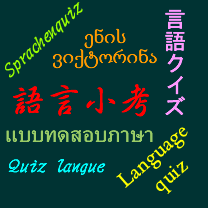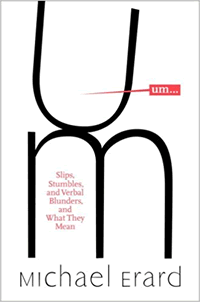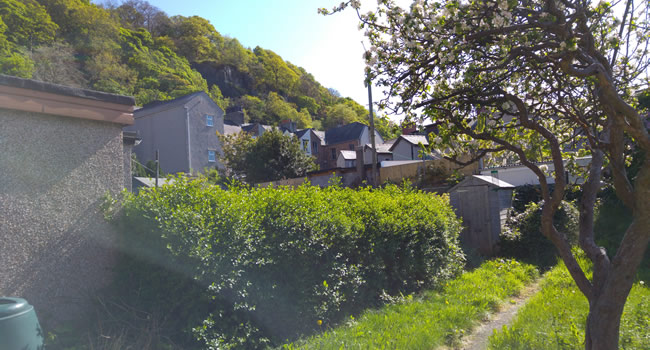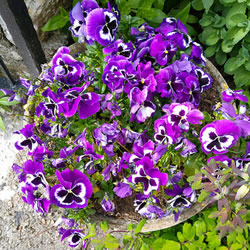Last night I went to an excellent concert at the Pontio Arts Centre featuring the Royal Liverpool Philharmonic Orchestra and the brilliant harpsichordist, Mahan Esfahani.
As well as enjoying the concert, I started thinking about the word philharmonic – what it means, where it comes from, and why it features in the names of many orchestras.
According to Wiktionary, philharmonic means “appreciative of music, but especially to its performance” or “A full-size symphony orchestra”. It comes from the French, philharmonique, from the Italian filarmonico (loving harmony), from the Greek φίλος (phílos – dear, beloved) + αρμονικός (armonikós – harmonic, harmonious) [source].
The name philharmonic was adopted by the Royal Philharmonic Society, which was established in London on 6th February 1813 by a group of thirty professional musicians. Its aims were to promote performances of instrumental music, and to build an orchestra, which initially played at the Argyll Rooms on Regent Street. Before then there were no permanent orchestras in London. After the Society was formed, other orchestras started to the word philharmonic to their names.
The word orchestra comes from the Greek ὀρχήστρα (orchistra), which was the area in front of the stage in an ancient Greek theatre reserved for the chorus, and comes from the word ὀρχοῦμαι (orkhoûmai – to dance).
The word symphony (an extended piece of music of sophisticated structure, usually for orchestra) comes from the Old French simphonie (musical harmony; stringed instrument), from Latin symphonia (harmony, symphony; a kind of musical instrument), from Ancient Greek συμφωνία (sumphōnía – symphony; a concert of vocal or instrumental music; music; band, orchestra; type of musical instrument), from σῠν- (sun – with, together) + φωνή (phōnḗ – sound) [source].




